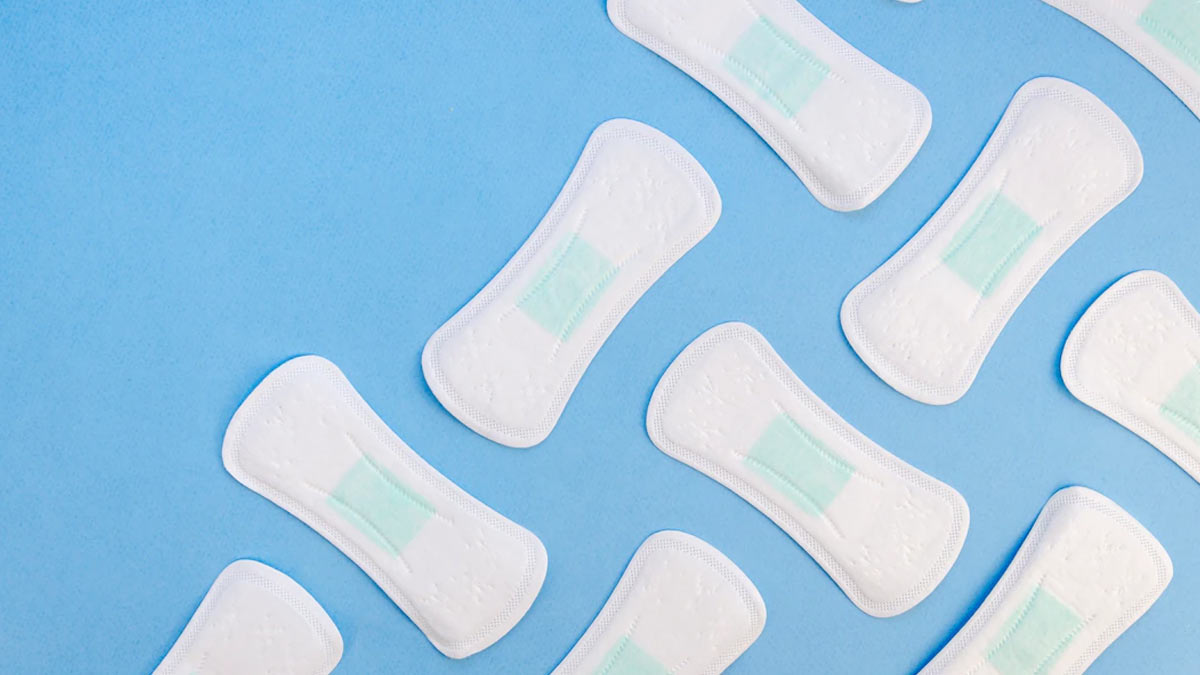Reusable sanitary pads are eco-friendly menstrual products made of washable cloth and cotton that can be used as an alternative to regular sanitary pads. The use of reusable sanitary pads helps reduce pad waste and prevents chemicals from coming into contact with the skin. With rising environmental concerns, many women are switching to reusable pads to lead zero-waste periods and promote sustainable menstrual hygiene.
The global reusable sanitary pads market is estimated to be valued at US$ 4,425.3 Mn in 2024 and is expected to exhibit a CAGR of 9.8% over the forecast period 2024 to 2031.
Key Takeaways
Key players operating in the reusable sanitary pads market are Eco Femme, Fabpad, Rebelle, Saathi, AFRIpads, Naari Cloth Pads, Aisle, PARTY IN MY PANTS, The Brand hannah, THINX, Noraa, Rael, Charlie Banana, Everteen, Redcliffe Hygiene Private Limited, Avni. The global surge in awareness about sustainable period care offers lucrative growth opportunities for players in the Reusable Sanitary Pads Market Size. With rising environmental concerns, many countries across North America, Europe, Asia Pacific and Latin America are embracing reusable pads, supporting the global expansion of the reusable sanitary pads market during the forecast period.
Market Drivers
The major driver for the reusable sanitary pads market is the increasing environmental concerns among women around the world. Disposal of regular sanitary pads clogs sewers and drains. It also ends up in landfills where it takes 500 to 800 years to decompose. This increases pollution and affects the environment. Reusable pads offer a more eco-friendly and sustainable solution as they are washable and reusable, avoiding pad waste altogether. Their use promotes responsible menstrual hygiene management without harming the planet.
PEST Analysis
Political: An increase in government initiatives towards sustainability and menstrual hygiene awareness is positively impacting the reusable sanitary pads market. Some governments are promoting reusable pads as an eco-friendly alternative through subsidies and awareness programs.
Economic: Rising disposable income coupled with growing environmental concerns is increasing the demand for reusable pads which are more affordable over the long run compared to disposable pads. However, high initial costs of reusable pads affect growth in price sensitive markets.
Social: Changing attitudes toward menstrual hygiene and preference for eco-friendly products are fueling the adoption of reusable pads. Growing health awareness regarding toxic chemicals present in some disposable pads is also driving market growth.
Technological: Innovation in materials and absorption technologies used in pads is helping address concerns around leakage and comfort. Some brands are using organic cotton, bamboo, and breathable fabrics in pads to provide better absorbency and skin-friendly features.
The geographical regions where the reusable sanitary pads market is concentrated in terms of value are North America and Europe. These developed markets have high acceptability of eco-friendly products driven by stringent regulations and consumer awareness about sustainability. Countries like the US, Germany, UK, and France account for a major share of the global reusable pads market currently.
The fastest growing region for the reusable sanitary pads market is expected to be Asia Pacific during the forecast period. Countries like India and China have a very large population of women in the reproductive age group presenting significant growth opportunities. Affordability of reusable pads is making them an attractive option compared to disposables in these developing economies. Additionally, rising environmental concerns and hygiene awareness campaigns are propelling the reusable pads market across countries in Asia Pacific.
Note:
1. Source: Coherent Market Insights, Public sources, Desk research.
2. We have leveraged AI tools to mine information and compile it.


